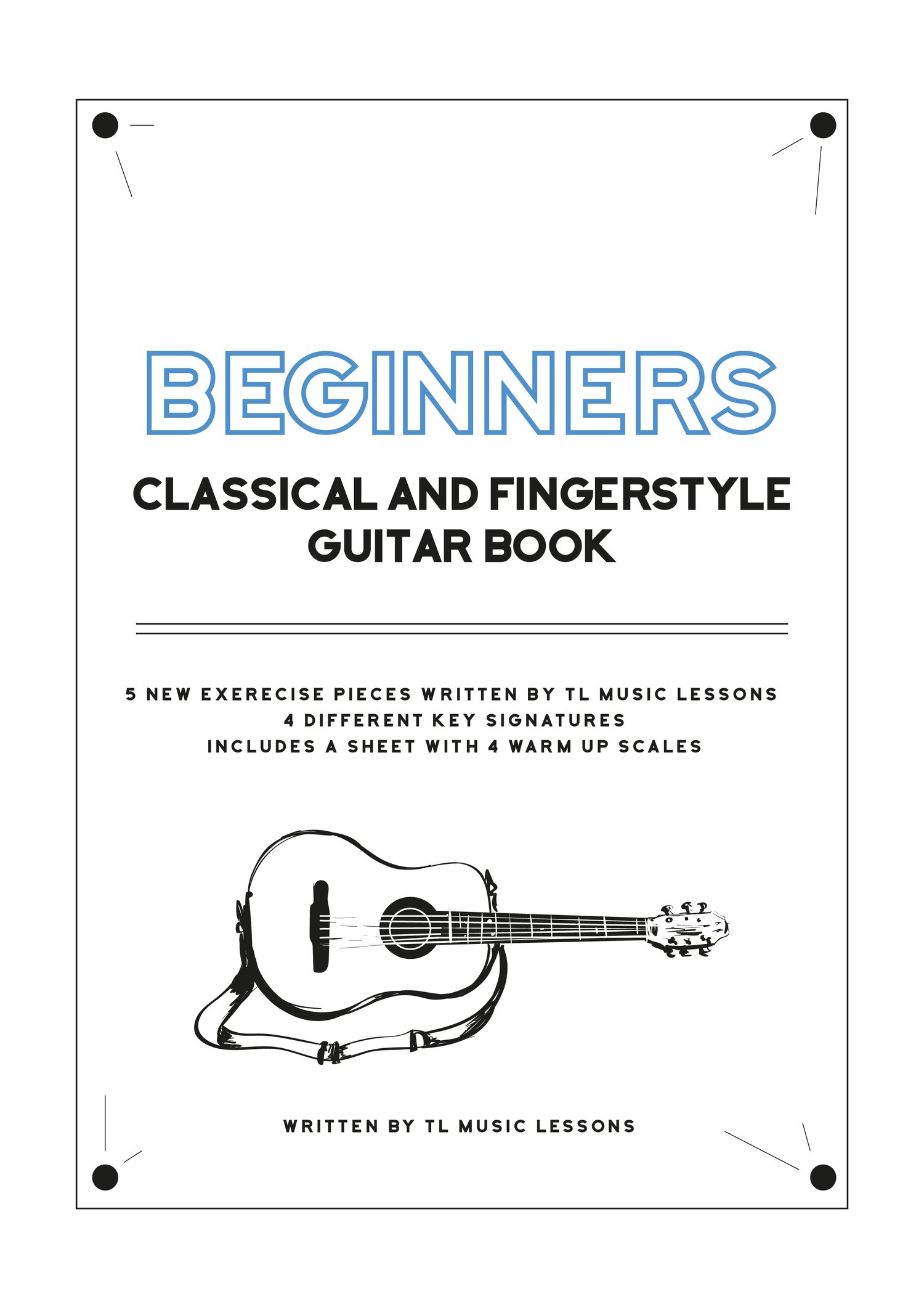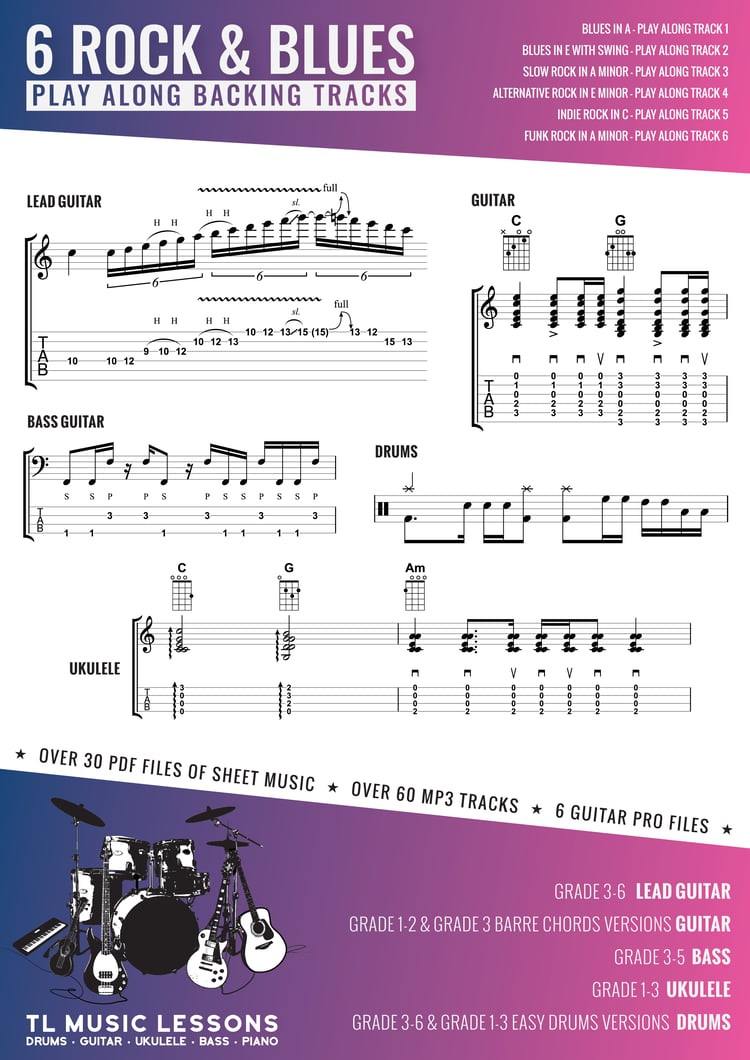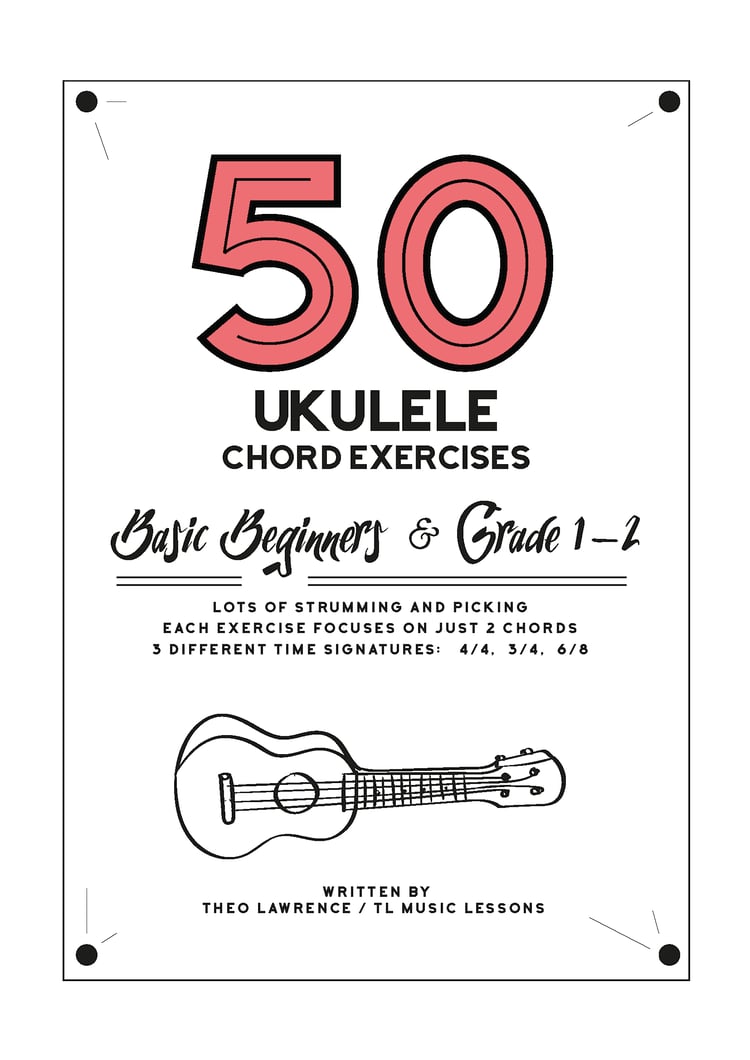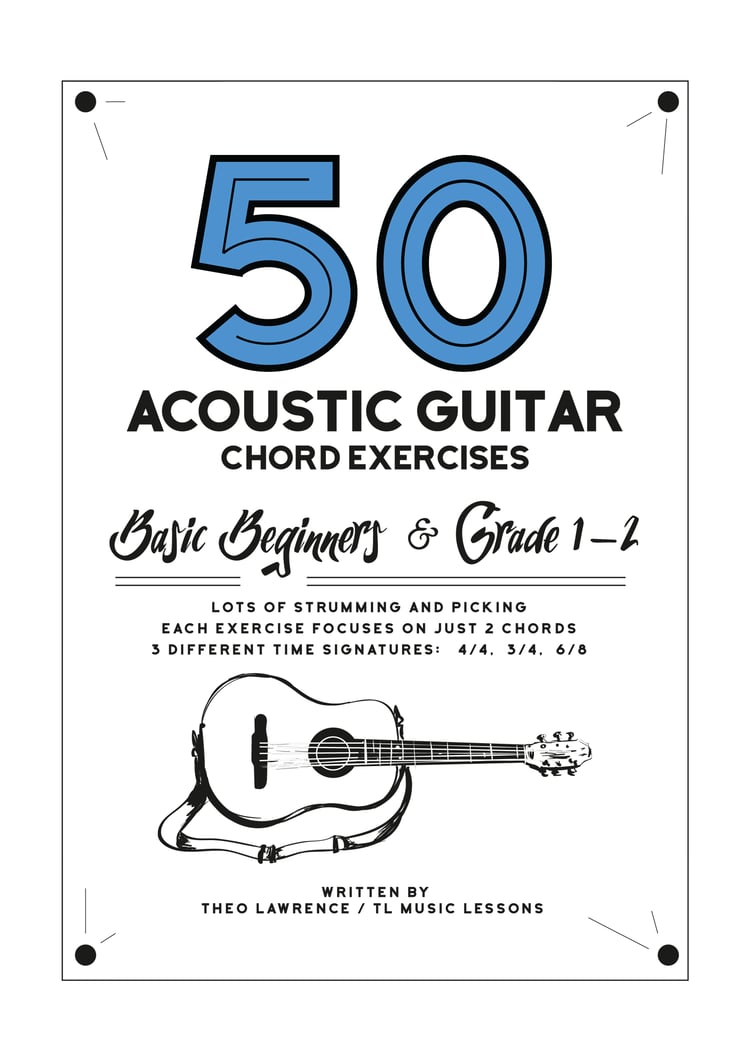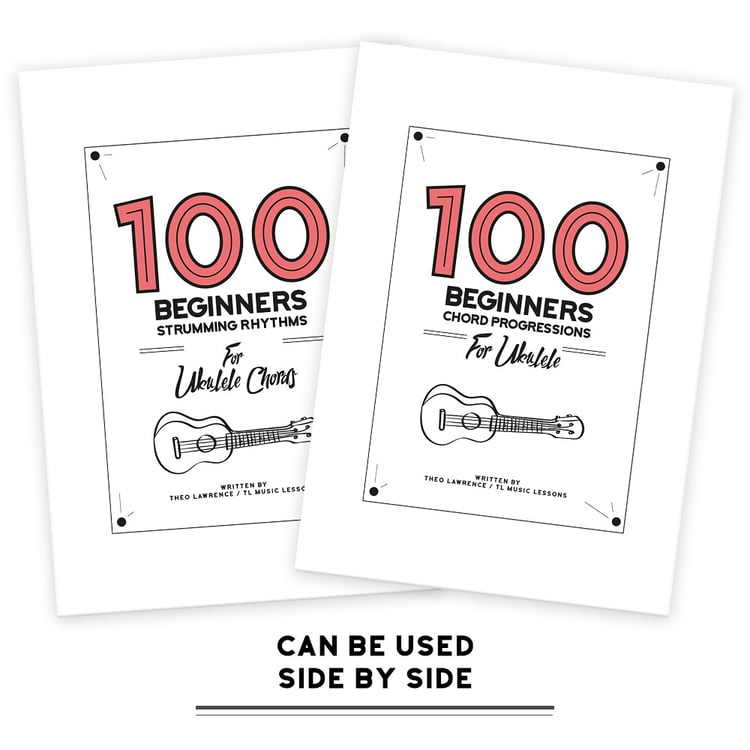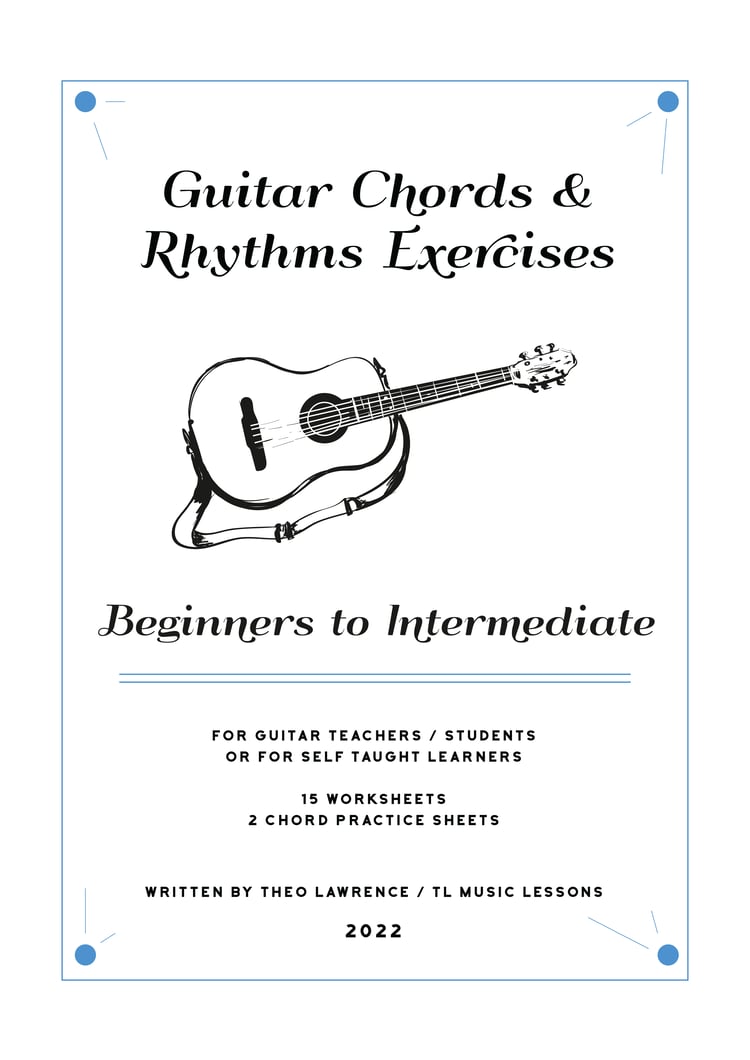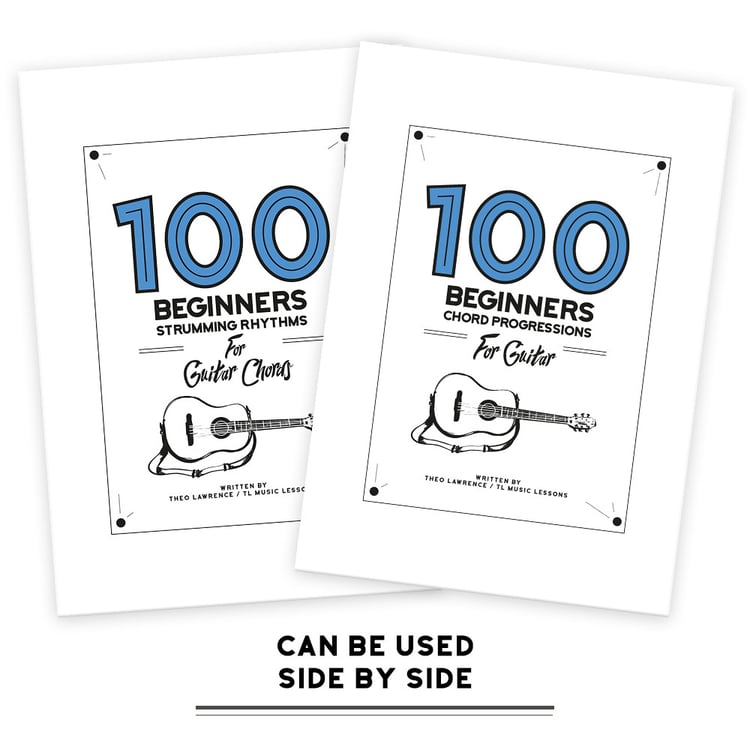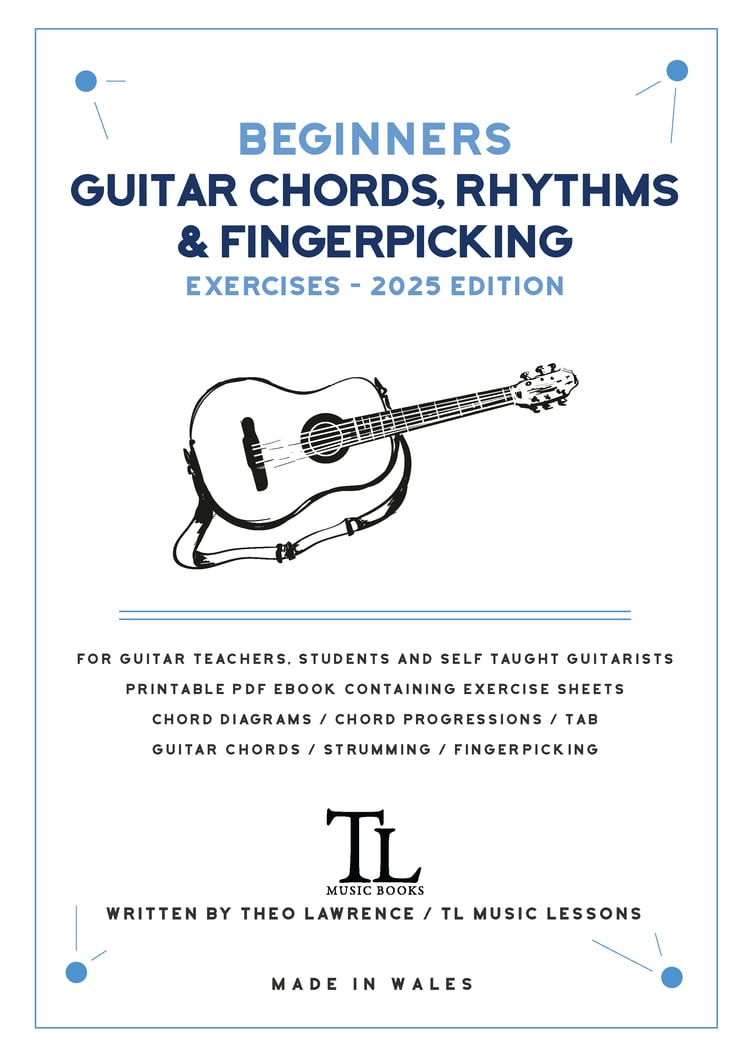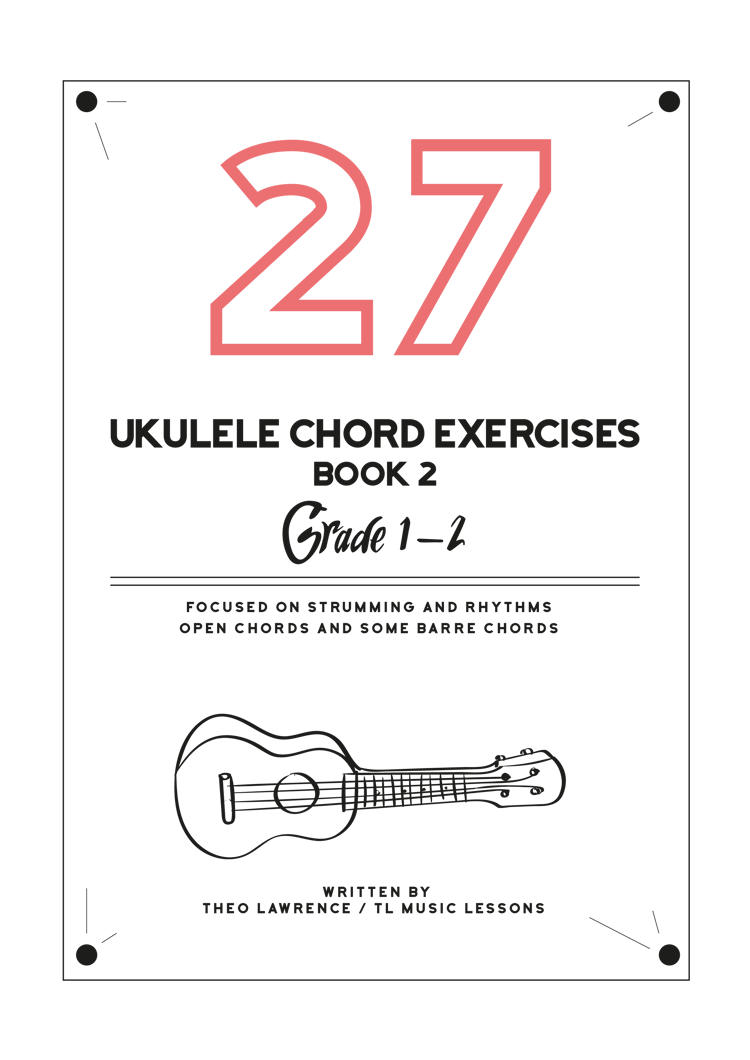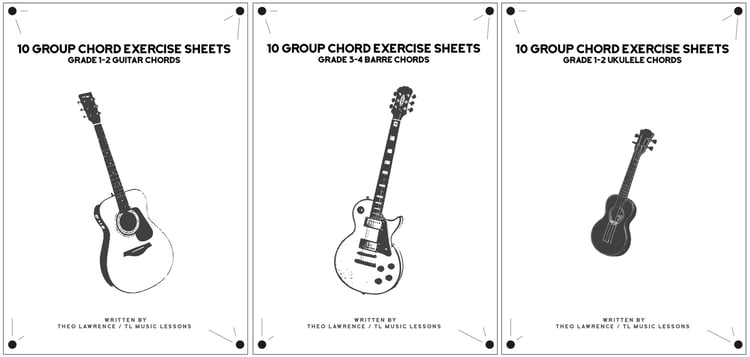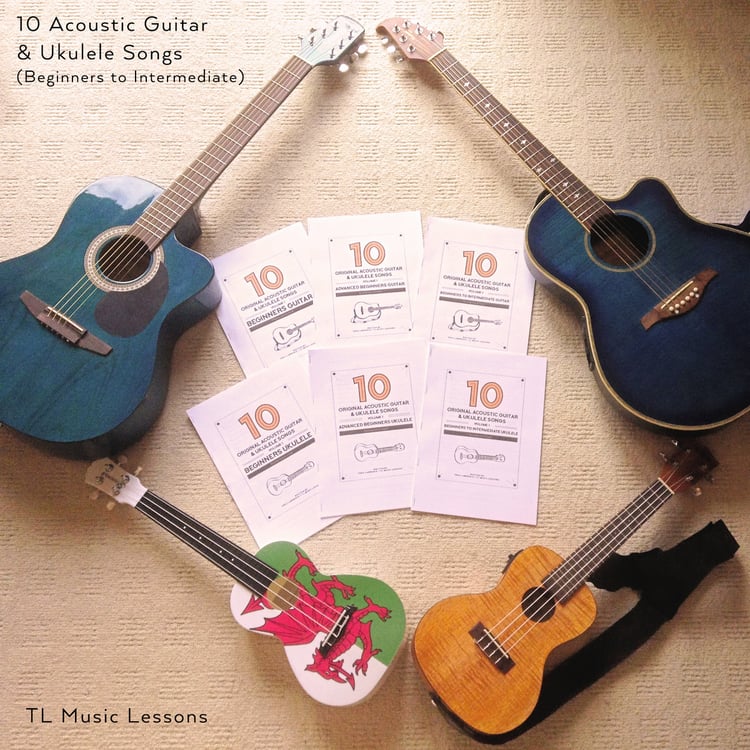Beginners Classical and Fingerstyle Guitar
On Sale
£0.35
£0.35
- Includes PDF ebook
- 6 Guitar Pro files
- 6 audio mp3 files
5 new exercise pieces for Classical and Fingerstyle Guitar, written by TL Music Lessons. The pieces are in 4 different key signatures and there is also a warm up sheet with the 4 scales for each piece
Introduction
People that might find this book useful- Beginner Guitar students of any age group, particularly from age 7 and up.
- Guitar teachers can print the book or single sheets for their students.
- Guitar students that want to learn the basics of classical or fingerstyle guitar. They may have found other material too difficult to get started with.
- Parents may be able to teach their children with this book.
- Some may be able to teach themselves with this book.
About the book
Let’s start by saying I am not a classical guitarist or a fingerstyle guitarist, but I am experienced with teaching beginners. I have learned some classical and some fingerstyle guitar myself and I really like it and I want to learn more. I also think it’s good for beginners to learn this early on because they can start to play pieces fairly quickly without the need for accompaniment, because there is bass, harmony and melody all coming from one instrument.
I have found some easy classical pieces for beginners, but it’s not always easy to find pieces that have all of the basics with nothing else that’s too hard to get in the way. So I decided to make my own exercise pieces to teach to my pupils to get them started. I have made this book with my beginner pupils in mind, so that there is not such a barrier into learning the basics of classical or fingerstyle guitar.
I have made sure to make the pieces be in different keys, apart from the 2 that are both in G. I have also included a warm up sheet with 4 scales. These 4 scales match the 4 key signatures in the pieces; Em, G, Am and C. As we are using our fingers for this book, you should use your fingers. Alternate between 1st and 2nd fingers, starting with your 1st finger. You can just use your thumb if this feels ridiculously hard, but if it’s just a bit difficult try to persevere with it.
These 5 pieces can be played at any speed, and they should definitely be played a lot slower than the example mp3’s to start with.
In the exercise pieces, you can see on the notation that the bass notes point down and the melody notes point up. For all of these 5 pieces, on your picking hand, your thumb should be used for all of the bass notes and your fingers should be used for all of the melody notes. Generally, you will use the 1st finger on string 3, 2nd finger on string 2, and 3rd finger on string 1.
I have not specified the “pima” markings for which picking fingers to use, and I have not specified which fingers to use on the fretting hand. This is on purpose, so that the student is not concentrating too much on this. My aim for this book is for there to be hardly any barrier for them to get into Classical or Fingerstyle Guitar. Going forward after this book, students can start to learn the correct fingers as they progress past this book and onto real classical pieces. However, if a teacher would like to show or encourage the correct fingers to be used whilst working through this book, then that will be useful.

